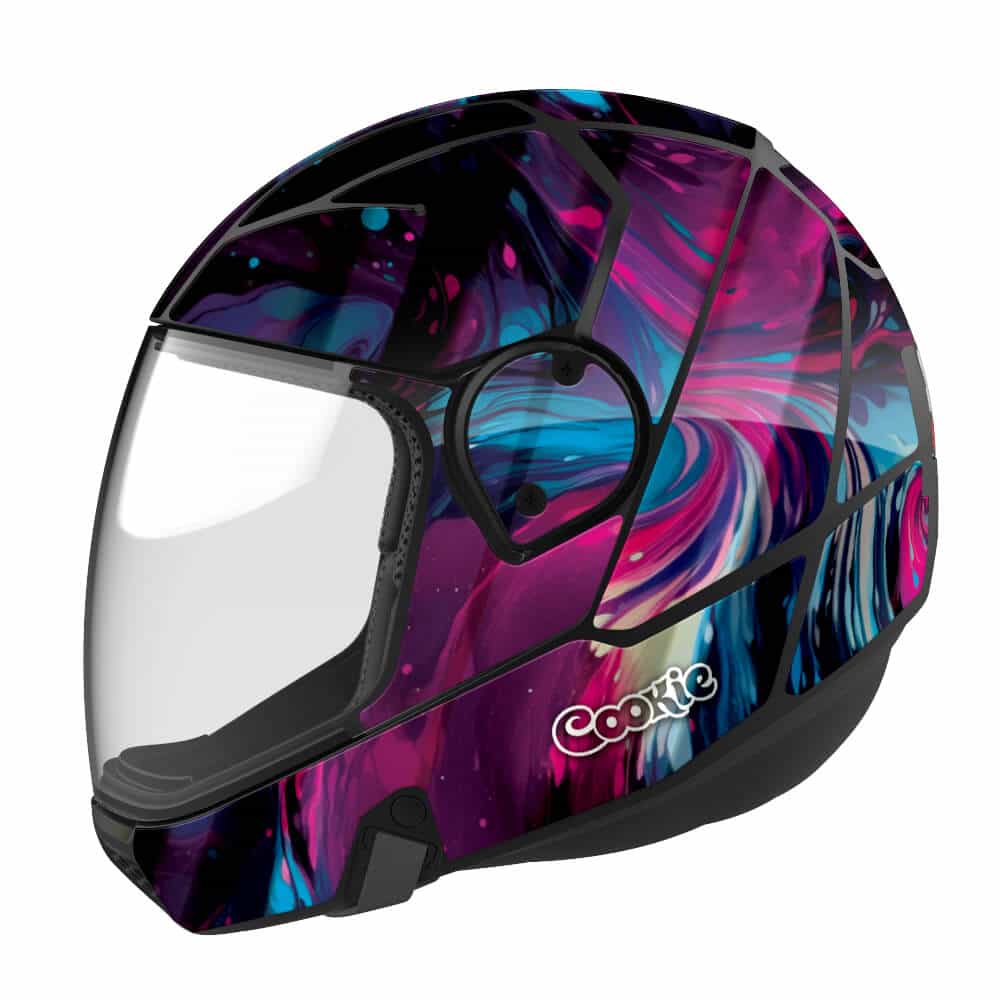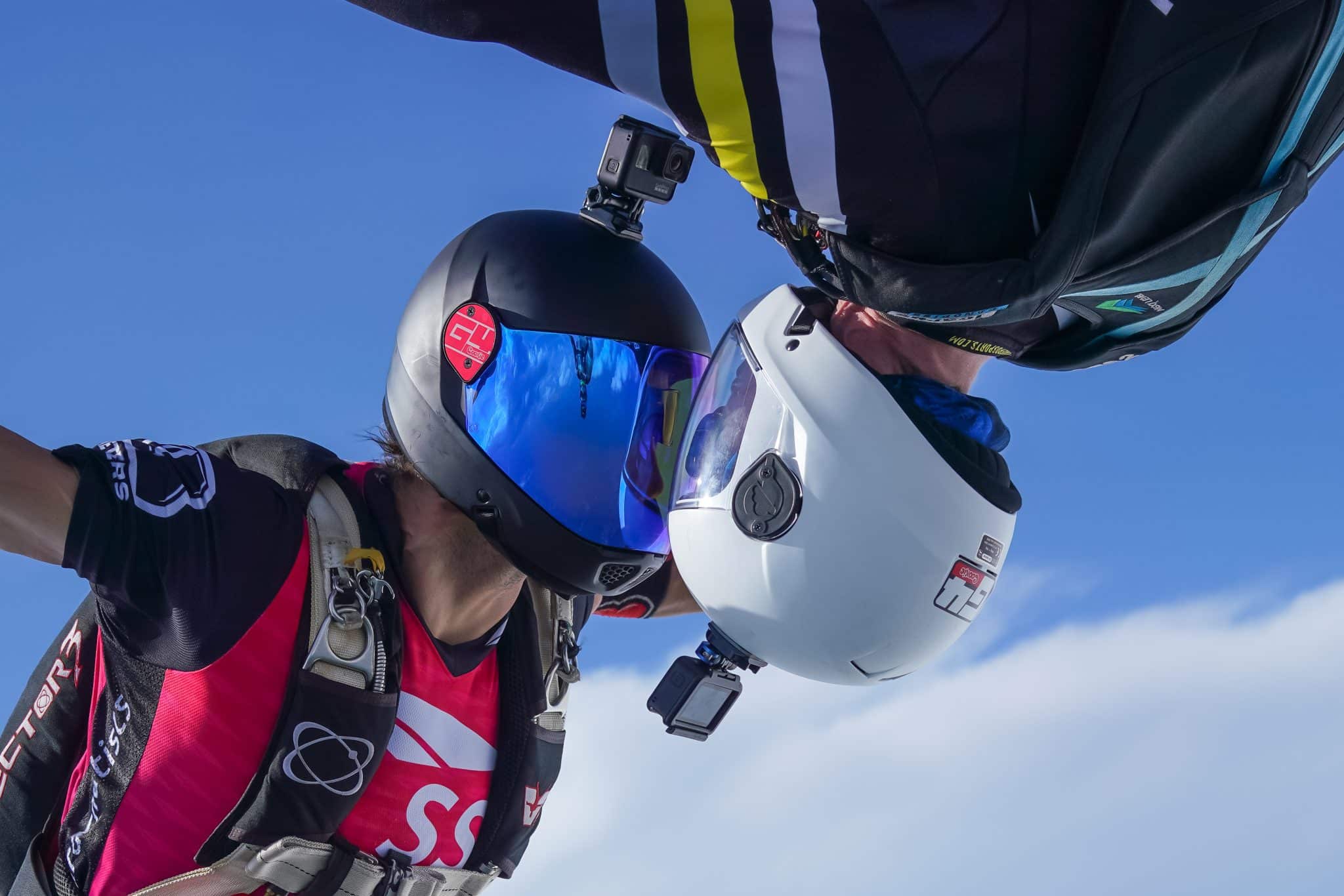When Cookie Helmets initially began, the options for various materials used in the construction of an airsports helmet design were already numerous. Would it be fiberglass, carbon fiber, thermoplastic, Kevlar, or some type of new blend? What type of lining would be best for comfort and durability? What type of latching systems? Chin straps? Visors? And as it turns out… Most importantly, what type of interior foam would be used to provide the real impact protection our helmets would offer?
To explain it all, we’re going to need to get a bit into the weeds here in order to give you some insight not only on the different options available when building something like a helmet, but why we’ve gone the direction we have. When it comes down to impact protection, there are basically two options available for this primary key ingredient – the foam.
Expanded Polypropylene (EPP) and Expanded Polystyrene (EPS) are both types of foam commonly used in various applications, including helmet liners for impact protection. Choosing between the two meant taking a deep dive into what makes them work, and what potential benefits each offer. To show you what we came up with, here’s a breakdown of each material and their characteristics:
Expanded Polypropylene (EPP):
Known for its flexibility and resilience, EPP offers robust protection against accidental damage, and can withstand low impacts while still maintaining its high level of performance. It even retains its protective qualities after being crushed or deformed, which is a key characteristic for helmet use. Largely because of its flexibility, EPP is incredibly effective at absorbing energy from impacts of varying degrees, a lot like would be expected in both the skydiving and tunnel flying arenas.
Expanded Polystyrene (EPS):
When compared to Expanded Polypropylene, EPS foam is markedly more rigid. Once crushed or deformed, EPS foam may not provide the same level of impact protection in an initial incident and is typically used in single-impact applications where the foam is intended to absorb the force of a single impact and then be replaced. The stiff makeup of this type of foam, coupled with its lower durability made its use in airsports a less attractive option for Cookie designers.
In researching possible options, the thing that stuck out most to the Cookie design team was the wide use of EPP in the downhill skiing helmets. Considering the numerous parallels for potential impacts between downhill skiing, skydiving, and tunnel flying, and the history of extensive safety measures in skiing, the choice of EPP seemed clear. A tried and true material, although the cost of EPP is higher to manufacture, as are the molds used in the process, the fact that multiple impact tests can be performed on the same helmet and it still continues to provide positive test results was all Cookie needed to know.


